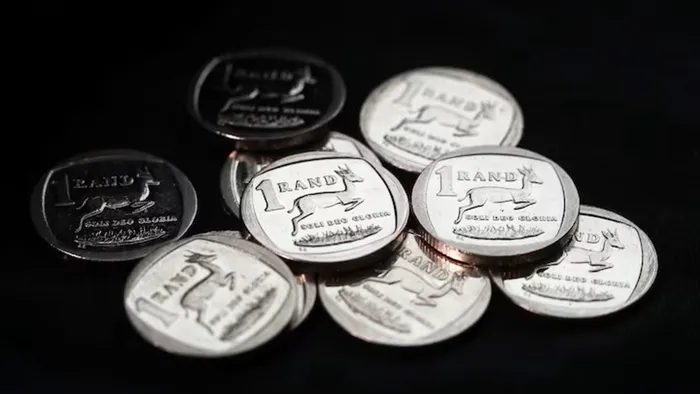Markets on Monday: JSE steamroller forward, the rand to improve and fuel prices to drop this week
FINANCIAL MARKETS

The turnaround in equity prices in the US and other developed market economies last week, were mostly due to a more positive outlook for tariffs by the USA, which were imposed by President Trump earlier.
Image: File
Despite the continuous geo-political uncertainty in South Africa, given the budget-debacle around VAT and the vulnerability of the GNU, equity prices on the JSE, as well as the rand continues to recover strongly.
The ALSI improved for the third consecutive week, as the index increased by 1.8%, ending once again a new record level of 92 333on Friday.
The index is 9.32% up for the year and 20.5% higher than a year ago. Both the All Share industrial, and the Industrial 25 indices reached their highest level since February. The ALSI industrial index on Friday traded 2.8% higher than the previous Friday and by 9.8% since the beginning of the year.
Resources contracted strongly last week, with the RES10 index losing 6.0, whereas financial shares as a proxy for domestic market sentiment gained 2.3%. This is proof that it is not only the prices of multinationals listed on the JSE that boosted markets.
The turnaround in equity prices in the US and other developed market economies last week, were mostly due to a more positive outlook for tariffs by the USA, which were imposed by President Trump earlier.
On Wall Street the S&P500 index improved last week by 3.0%, gaining only 0.3% during April and has lost 3.3% from the beginning of the year. In Europe, the Eurostoxx50 increased by 3.33% last week but still lost -0.3% during April. In the UK, the FTSE100 followed the same pattern, gaining 2.15% last week, and losing -0.3% last month. In Hong Kong, the Hang Seng shot up by 2.7% last week but is still down by more than 3.0% after the USA imposes tariffs of 145% a month ago on Chinese imports.
Despite the drop in the gold price of $80 per ounce last week and the debacle around the court case recalling the imposed 0.5% increase in VAT, the Rand exchange rate improved strongly.
Against the US$ the Rand appreciated by thirty cents last week to trade on R18.39/$ at the close on Friday. Against the £ the Rand improved by forty cents to R24.41/£ and with fifty cents against the Euro to R20.78/€ on Friday.
Given the strong recovery by the Rand/$ rate and the further decrease in the brent oil price to $61.43/barrel on Friday it is expected that South African motorists will get a bonus this week with fuel prices to drop by between 22 cents (petrol) and 46 cents (diesel) this coming Wednesday.
In the US, the non-farm payrolls for April came as a surprise when released last Friday. The US economy added 177,000 jobs in April 2025. Although it is down from a downwardly revised 185,000 in March, it is much higher than market expectations of 130,000.
The US unemployment rate remains at 4.2%. Expectations now increase that the US Federal Reserve may not lower interest rates at their next meeting this Wednesday. This despite the call for President Trump for an immediate cut in rates.
Financial markets this week await the controversial interest decision by the US Federal Reserves’ Open Market Commission (FOMC) this coming Wednesday.
The markets expect that the FOMC will leave its bank rate the same at 4.5%. The Bank of England (BoE) will make its interest decision on Thursday, and China its trade balance on Friday.
Domestically, STATSA will release South Africa’s manufacturing production figures for March on Wednesday, and it is expected that it will turn positive to an annual growth rate of 4,3% against the annual contraction of -3.2% in February.
Chris Harmse is the consulting economist of Sequoia Capital Management and a senior lecturer at Stadio Higher Education.

Chris Harmse is the consulting economist of Sequoia Capital Management and a senior lecturer at Stadio Higher Education.
Image: Supplied
BUSINESS REPORT